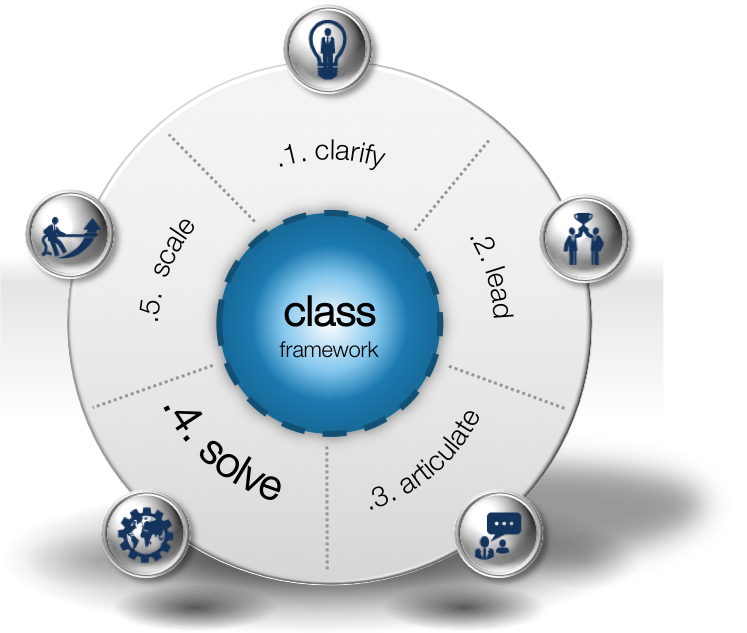Solve is the fourth step in the demand response CLASS framework and is where you move into detailed design and implementation; it is the ‘how’. For many of us, and often to our detriment, ‘solve’ is the first step we take. After all, a large percentage of us in the industry are engineers and technologists, so we are itching to get into the ‘how’.
As a reminder, the first three steps (clarify, lead, articulate) are about being clear on what we are doing, why we are doing it, and who we are doing it for. Too often I see these first three steps visited as an afterthought or once problems start to occur during this implementation stage. Don’t, you will regret it.
What I find fascinating about the ‘solve’ step is it’s a continuous journey, you will never reach the ‘destination’. There is no single ‘best practice’ that will always work. While information and energy technologies play a role in demand response, success mostly comes from your ability to engage people and influence them to participate in DR events. There are an endless number of variables you need to consider when thinking of consumer engagement and influencing their behaviour. That’s what makes demand response such an exciting area.
Imagine the various elements of designing a demand response program, the incentives you will offer, the lead times you will give, the duration of the event, the time the event starts, the list goes on and on. Every decision you make will mean some people decide to take part in a demand response event, while others choose not to. It is during this phase you need to embed the principle of ‘test and learn’ into your culture, as you will permanently be in this cycle.
Pretty much all demand response programs start as proof of concepts or pilots before they begin to scale out and integrate into your operations. You must never lose that ‘test and learn’ culture introduced during these early stages. There will always be something new to learn, a new variable within the design of the program to test, a new technology to trial, and changing consumer expectations to meet.
The ‘solve’ stage of demand response is the ‘how’ and is a continuous cycle of design, test, and learn. However, this ‘how’ stage must not be entered into without being clear on your why, what, and who. How well does your organisation understand and accept that demand response is a journey, not a destination?
To keep up-to-date with my latest articles, subscribe to my blog in the footer below.
My best-selling book, ‘The Digital Utility’, is available for purchase here.
